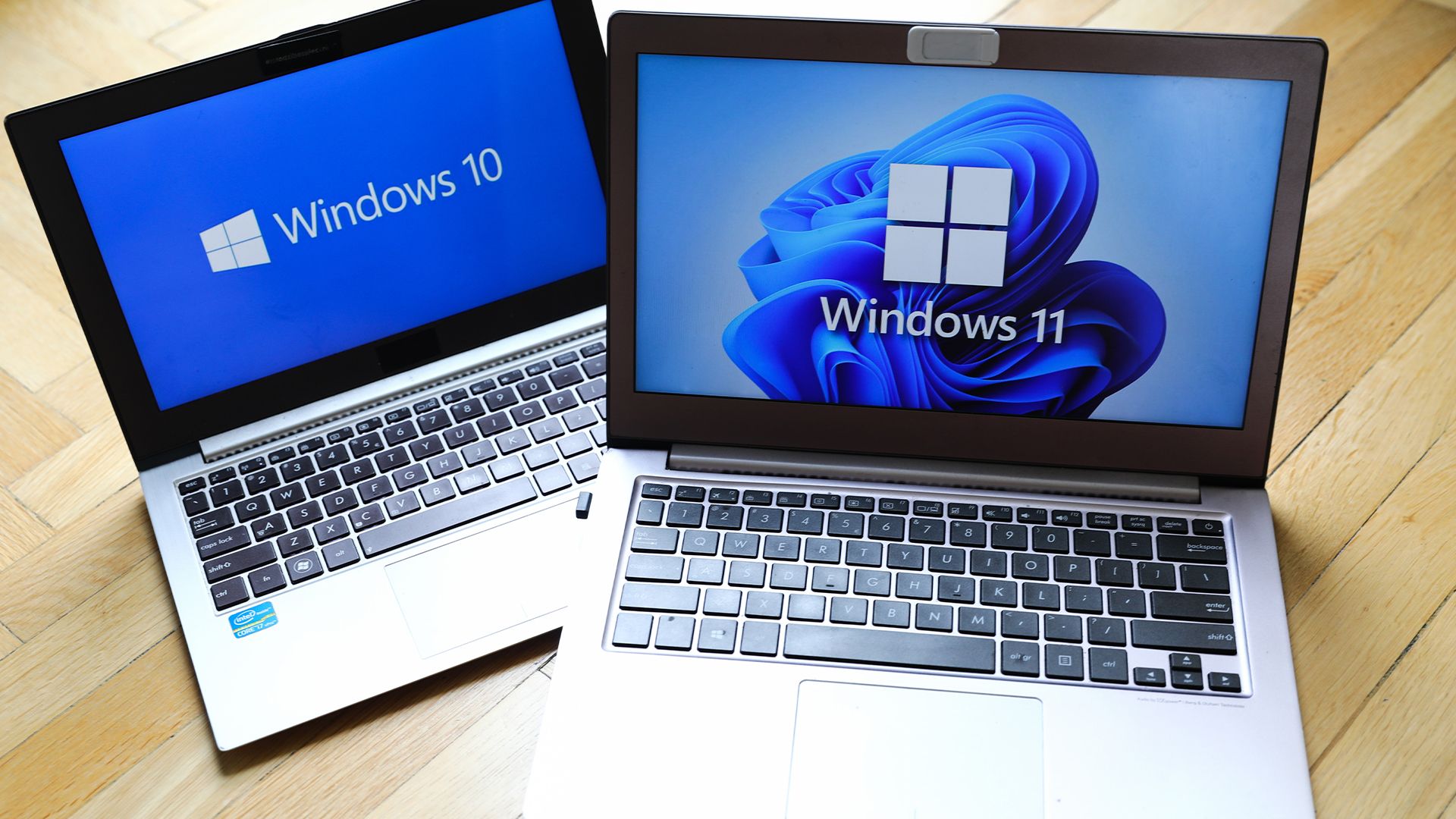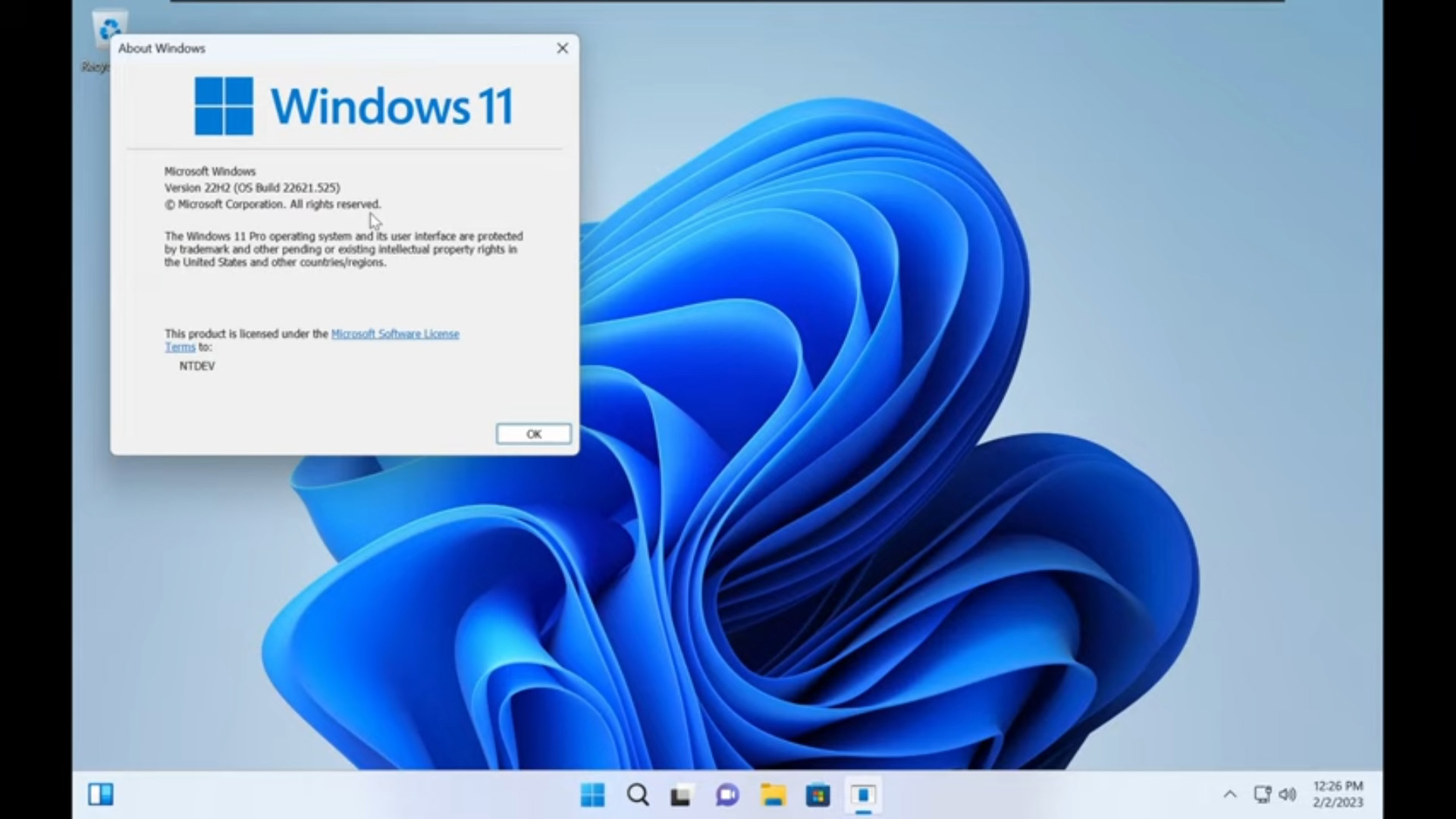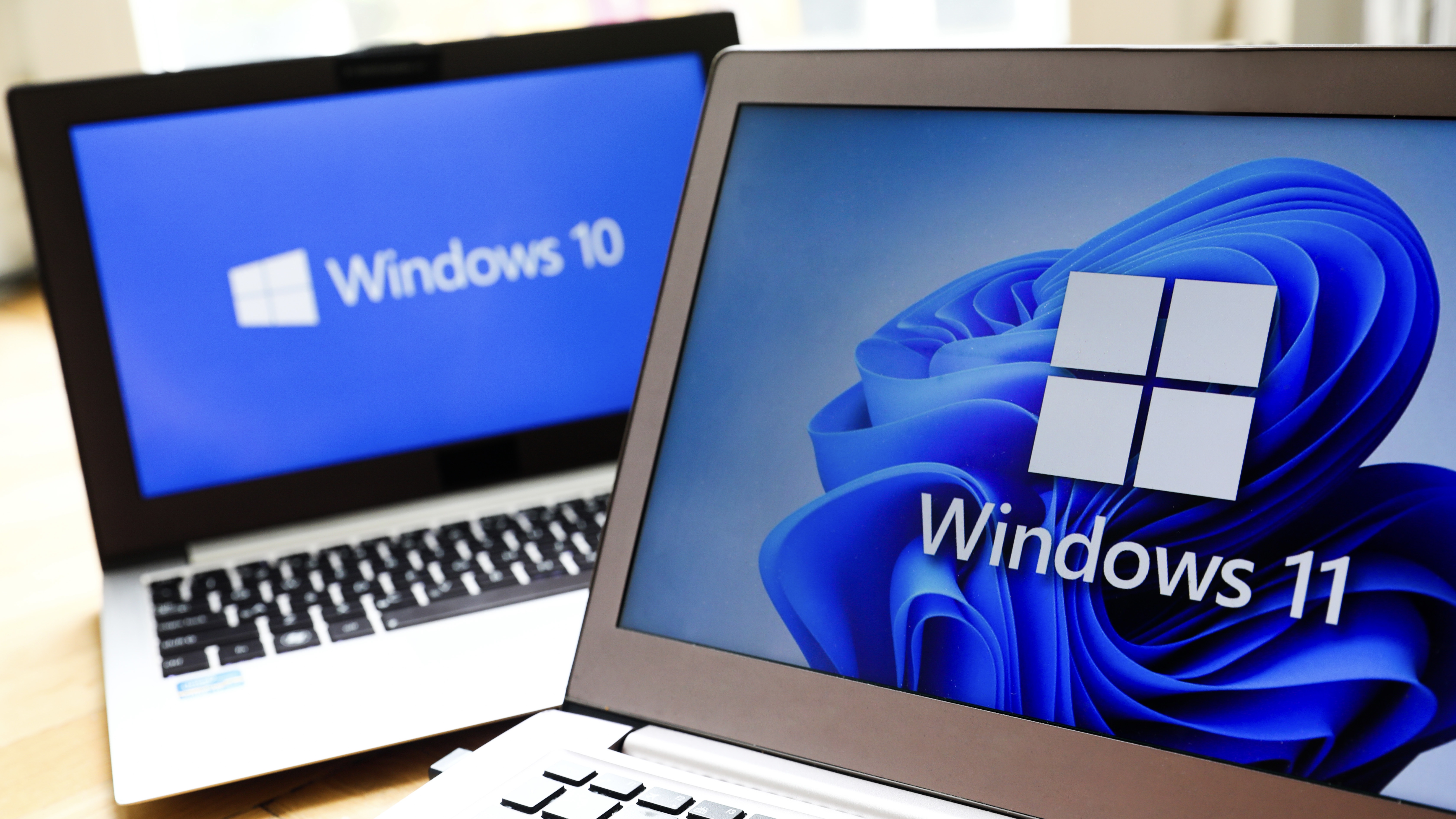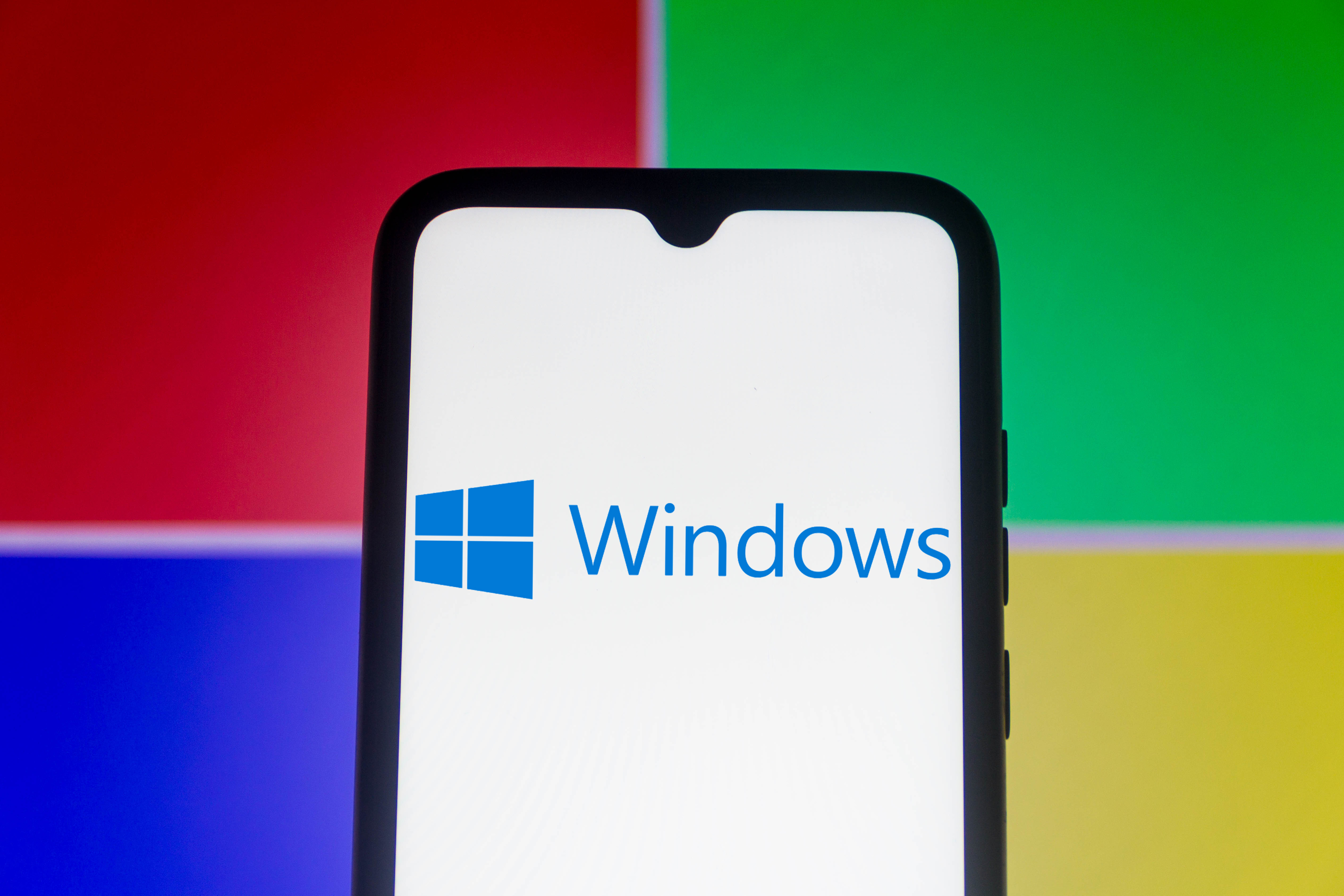Don't expect help with broken Windows
Microsoft goes missing when things go wrong with Windows, says Barry Collins


Another Windows 10 update, another set of problems. When Windows was updated in the Spring, many users found the operating system froze when using Google Chrome; this time around documents and other files are being wiped after the upgrade. Whoops.
Microsoft has big questions to answer regarding its testing procedures. It boasts of 10 million users on its Windows Insider programme, trying out new Windows releases before they're effectively forced on to all our PCs. With so many testers, how are these major bugs slipping through?
The answer lies in the question. There were reports of test versions of the Autumn update wiping people's files they just got buried in the avalanche of feedback. When you shout fire in a forum full of 10 million people, there's every chance you won't be heard.
How to switch from Windows 10 to Linux How to try out Windows 10 S using a virtual machine
My biggest problem with Microsoft isn't so much that errors creep into code in the first place that's almost inevitable. My beef is how the company deals with them. I'm writing this almost a week after reports of disappearing data started to appear and five days after Microsoft yanked the faulty update from its site. Yet, if you were to visit Microsoft's support pages, you wouldn't know there was a problem at all.
The "Windows Help" page has a guide to "what's new in recent updates", but not a word about what to do if that same October update has whitewashed your files. It's see no evil, speak no evil.
What about the Contact Us button on that help page? Surely that's going to give you a phone number to call where someone can talk you through how to get your files back? No, not so much. The first time I clicked it, it returned a 'page not found' message. On the second attempt, it launched Microsoft's virtual help assistant app on my desktop one of those apps designed to stop you talking to an actual human being for as long as possible.
Playing the game, I typed in "My files were deleted after Windows 10 update". Microsoft's virtual assistant thought about it for a couple of seconds and posted a link to a support forum post from October 2016, that's about as much use as Donald Trump's conscience.
Sign up today and you will receive a free copy of our Future Focus 2025 report - the leading guidance on AI, cybersecurity and other IT challenges as per 700+ senior executives
"Did this solve your problem?" Microsoft bot optimistically enquires. No, mate, it didn't. Off it goes to hunt for another article, this time from August 2016, which has two frankly pathetic suggestions for why your files might have gone missing after a Windows update before helpfully suggesting "if you still can't find your files, you may need to restore them from a backup".
Only after you've exhausted the virtual assistant's patience by repeatedly pressing 'No' on the "Did this help?" question do you finally get an offer to speak to a human being. None of this is remotely good enough not the showstopping errors in the first place, nor the 'pretend it's not happening' attitude of Microsoft support.
Just as you can barely expect the police to turn up if your car gets broken into these days, you really can't rely on Microsoft showing any willingness to respond to broken Windows.
Barry Collins is an experienced IT journalist who specialises in Windows, Mac, broadband and more. He's a former editor of PC Pro magazine, and has contributed to many national newspapers, magazines and websites in a career that has spanned over 20 years. You may have seen Barry as a tech pundit on television and radio, including BBC Newsnight, the Chris Evans Show and ITN News at Ten.
-
 Trump's AI executive order could leave US in a 'regulatory vacuum'
Trump's AI executive order could leave US in a 'regulatory vacuum'News Citing a "patchwork of 50 different regulatory regimes" and "ideological bias", President Trump wants rules to be set at a federal level
-
 TPUs: Google's home advantage
TPUs: Google's home advantageITPro Podcast How does TPU v7 stack up against Nvidia's latest chips – and can Google scale AI using only its own supply?
-
 Windows 10 extended support costs could top $7 billion
Windows 10 extended support costs could top $7 billionNews Enterprises sticking with Windows 10 after the October deadline face huge costs
-
 Tiny11 review: Windows 11 with only 2GB of RAM
Tiny11 review: Windows 11 with only 2GB of RAMReview A version of Windows 11 for older machines that don't meet the full requirements
-
 Red Hat Enterprise Linux becomes foundational operating system for Cohesity Data Cloud
Red Hat Enterprise Linux becomes foundational operating system for Cohesity Data CloudNews New strategic partnership between Red Hat and Cohesity aims to drive innovation in the data security and management space
-
 Ubuntu shifts to four-week update cycle
Ubuntu shifts to four-week update cycleNews Critical fixes will also come every two weeks, mitigating the issues involved with releasing prompt patches on the old three-week cadence
-
 AlmaLinux follows Oracle in ditching RHEL compatibility
AlmaLinux follows Oracle in ditching RHEL compatibilityNews Application binary compatibility is now the aim with 1:1 now dropped
-
 How big is the Windows 10 cliff-edge?
How big is the Windows 10 cliff-edge?ITPro Network With some comparing the upcoming Windows 10 end of life to Windows XP, we ask members of the ITPro Network for their insight
-
 Everything you need to know about the latest Windows 11 updates - from bug fixes to brand-new features
Everything you need to know about the latest Windows 11 updates - from bug fixes to brand-new featuresNews Two new cumulative updates are on the way and will be installed automatically on Windows 10 and Windows 11 machines
-
 How to download a Windows 11 ISO file and perform a clean install
How to download a Windows 11 ISO file and perform a clean installTutorial Use a Windows 11 ISO to install the operating system afresh
